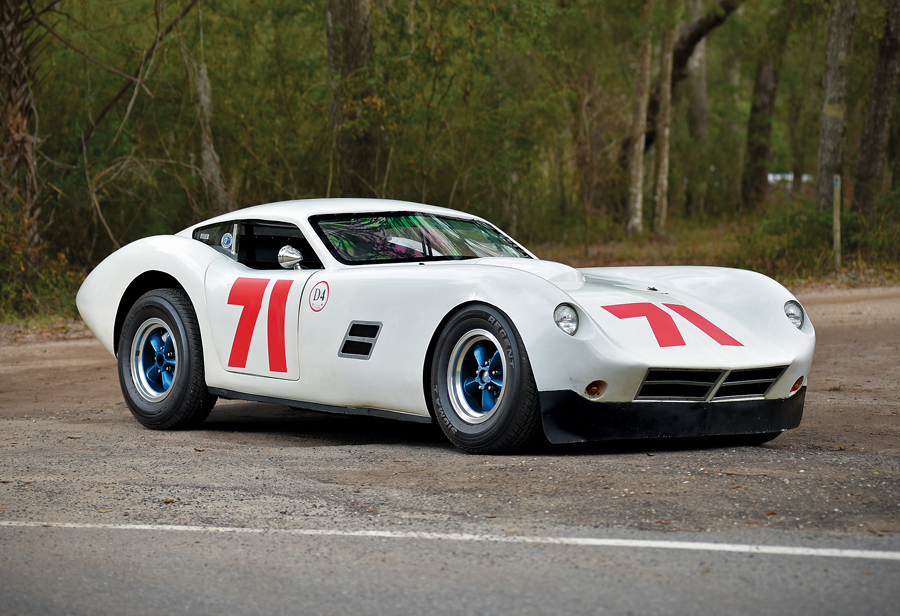This particular Kellison was purchased new by SCCA Executive Director Don Rodimer. In 2001 the car passed to its current owner. As he wished to use the car in driver events, the car was made fully street legal. Lights, turn signals and a windshield wiper were all installed to meet compliance.
It has since been impeccably maintained and has taken part in the New England 1000, among other events. It has a full SVRA Group 4 logbook and is ready to compete in vintage events or road rallies.
Jeff Zurschmeide
Jeff is a lifelong automobile enthusiast with a penchant for sports and racing cars. He has raced SCCA, local circle track, and stage rally as a co-driver. He makes his living as a freelance automotive journalist and is the author of six books on automotive topics. As a rule, he practices catch-and-release fishing when it comes to collectible automobiles, trying to leave each one in better condition than he found it. Enduring passions include his MGA and Austin Mini, and his 1969 Corvette. He recently purchased a 1920 Ford Model T Touring because “you just have to have one of these once in your life.”

